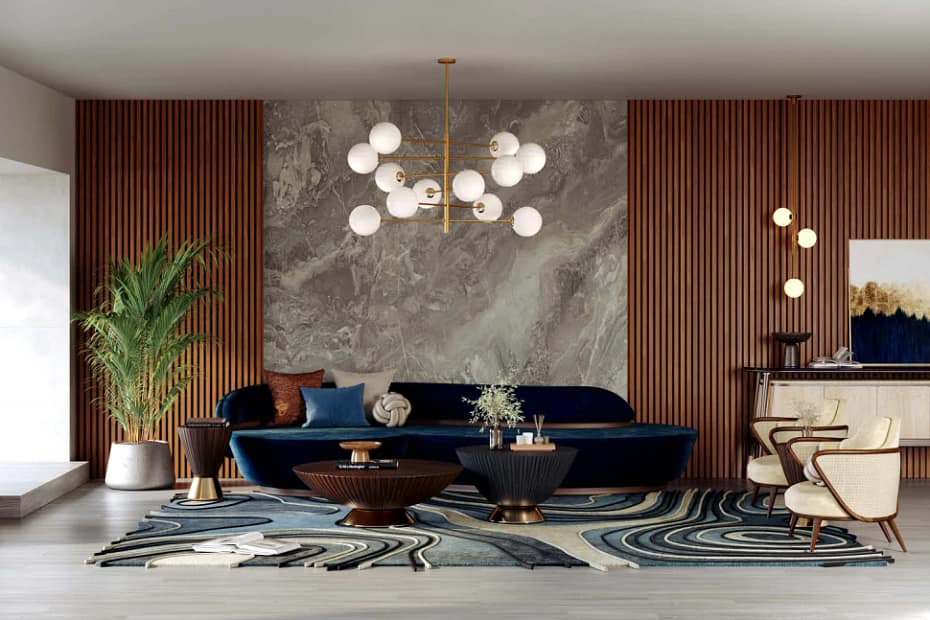When it comes to combining aesthetics, utility, and emotional resonance to create settings that inspire, interior design and architecture are powerful allies. Together, these two dynamic individuals form our built environment, affecting our perceptions of and interactions with the places we live in. This article explores the complex relationship between interior design and architecture and how they work together to create aesthetically pleasing and engaging settings. Harmony in Design
Form and Function’s Fundamentals
Fundamentally, architecture establishes the framework for a building’s structural integrity. It includes how the structure is shaped overall, how its doors, windows, and structural parts are integrated, and how the building’s façade is designed.
The building’s style, scale, and relationship to its environment are all determined by the architect’s concept.
Interior design enters the picture to breathe life into the spaces inside the architectural canvas. Working with the built-in architectural elements, interior designers create spaces that are useful and stylish at the same time. It becomes crucial to seamlessly integrate form and function to make sure that interior spaces meet the demands and preferences of their occupants in addition to being aesthetically pleasing.
The Aesthetic Language
Although they speak different languages, interior design and architecture both use aesthetics as a common language.
Considering the building as a whole and its relationship to the surroundings, architects frequently concentrate on the larger components. Conversely, interior designers focus on the smallest details, perfecting the furnishings, color palettes, and textures that give interior spaces life.
The secret to the fruitful cooperation of these two fields is the capacity to close the distance between the opulence of building and the personal touches of interior design. This synergy results in areas where the external and inside discourse in a seamless design conversation. Creating places that are both aesthetically pleasing and functionally integrated.
User Experience and Spatial Flow
The ability of a well-designed space to support a fluid and natural flow is one of its most important features.
Architects define the fundamentals of a structure by taking into account the general plan and circulation patterns. Interior designers then polish these areas, making sure that the user experience is improved and that room-to-room transitions are smooth.
Today’s dynamic environment blurs the lines between work and play, so interior designers and architects work together to create adaptable spaces that can change to meet the demands of their users as those needs do. This changing perspective is demonstrated by the creation of multipurpose rooms that accommodate a variety of activities. As architects and interior designers collaborate to reinterpret conventional ideas of living and working environments.
Sustainability and Innovation
In light of the global environmental issues, architects and interior designers are essential in advocating for sustainable methods. These experts work together to create environments that are not only visually arresting but also environmentally conscious. Their efforts range from the selection of eco-friendly materials to the implementation of energy-efficient design ideas.
The Prospects for Design Collaboration in the Future
The future holds even more cooperation and integration in the dynamic fields of interior design and architecture. Moreover, The distinctions between these fields are becoming increasingly hazy. Therefore, leading to the development of a holistic approach that takes into account a building’s whole lifecycle. From conception to interior design.
Furthermore, the collaboration between interior designers and architects becomes increasingly important as they push the boundaries of practicality and creativity. Defining our living spaces. Form and function, beauty and utility, come together in this symbiotic relationship to produce a rich tapestry of design that is a monument to the creative force of teamwork.
More on INJ Architects:

